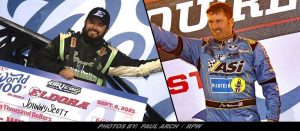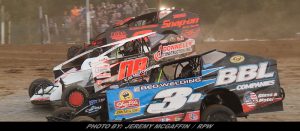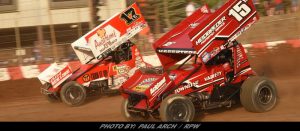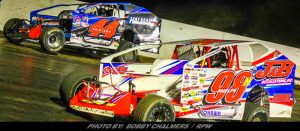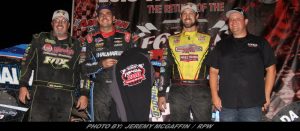RPW Column: Ever Wonder The Difference? Differences In A Big Block Modified
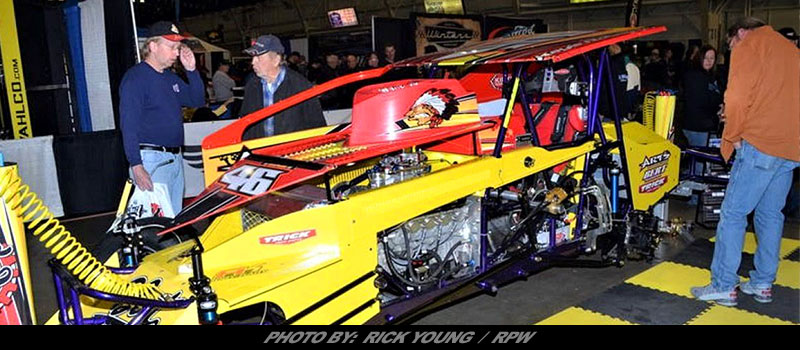
 RPW Column By: GARY TOMKINS / RPW – CLIFTON SPRINGS, NY – I often hear people say “all the cars look the same” when talking about a particular class of race cars. When talking about Modifieds, except for some minor differences in the shape of some of the body panels, the cars are pretty close to being the same.
RPW Column By: GARY TOMKINS / RPW – CLIFTON SPRINGS, NY – I often hear people say “all the cars look the same” when talking about a particular class of race cars. When talking about Modifieds, except for some minor differences in the shape of some of the body panels, the cars are pretty close to being the same.
Even the frames of the different manufacturers resemble each other in some way. However, underneath the sheet metal there are differences.
I believe the biggest differences from car to car is under the hood. Now, I’m not counting the Sportsman division, of course. In the Big Block Modifieds, the engines all look the same. They’re all based on the Chevrolet 467ci. block. However, inside, there can be BIG differences.
The 23-degree head, a number which denotes the valve angle, is what teams have used for years. Through research & development, the 18-degree head was born. Wit this comes more horsepower and torque.
Not all engines have that newer style head on them, though. Those that don’t are at a bit of a power disadvantage. You often hear that a motor makes “X” amount of horsepower, but in my experience, a motor that has a smooth torque curve is better. That is, even if a a little bit of horsepower has to be sacrificed.
Another area that may be different, from car to car, is in the rear suspension. This is an area that has exploded with change in the last few years.
For many seasons, the popular choice was to run torsion bars and a right-side panhard rod. That’s the bar that helps to locate the rear end side-to-side while helping with drive.
Now, especially in the upper classes, since late 2018, the popular choice has become coil overs, replacing the tried-and-true torsion bar. Along with that, the panhard rod frame mount has moved from the right side to the left.
Top add more change to things, the rear radius rods have been shortened up.
Not all cars have this designs. There are some that have one or two of these changes but not everything. The cars that have all of these changes drive a little different, but generally they’re faster than the torsion setup.
There’s still a lot to learn with these changes. Teams that get it figured out the quickest will have the most success. No matter what combinations you have, it’s all about running well and getting to victory lane.
I’ve only touched on a couple of the major changes in our cars. While they may all look the same, as you can see, they are not. Even with that, regardless of what’s under the sheet metal, it still takes a good driver to complete the package!


